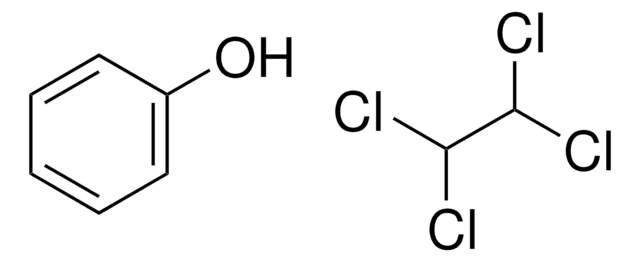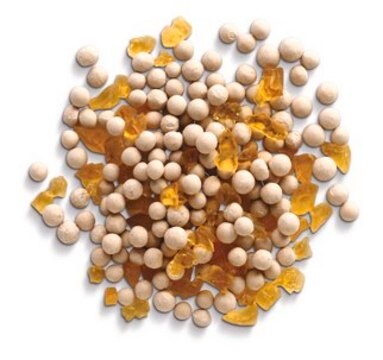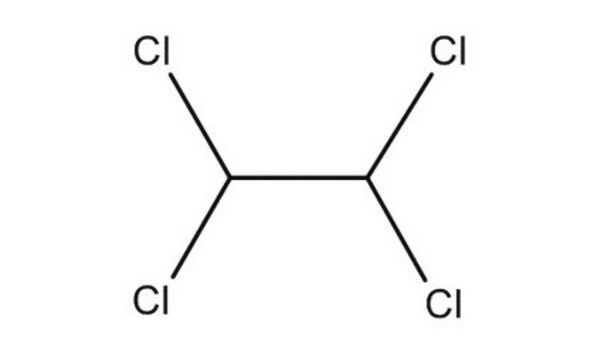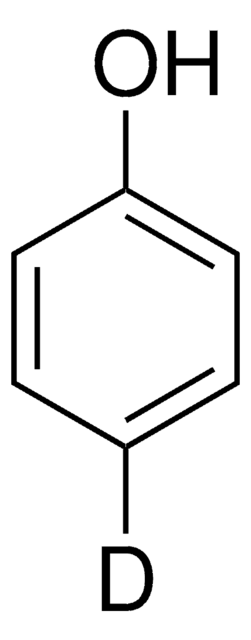Kluczowe dokumenty
33522
Phenol-1,2-dichlorobenzene mixture
1:1, 49.5-50.5% phenol basis (GC), 49.5-50.5% 1,2-dichlorbenzene basis (GC)
Synonim(y):
o-Dichlorobenzene/Phenol (mixture 1:1)
About This Item
Polecane produkty
Poziom jakości
Postać
liquid
skład
1,2-dichlorbenzene, 49.5-50.5% GC
phenol, 49.5-50.5% GC
grupa funkcyjna
chloro
ciąg SMILES
Oc1ccccc1.Clc2ccccc2Cl
InChI
1S/C6H4Cl2.C6H6O/c7-5-3-1-2-4-6(5)8;7-6-4-2-1-3-5-6/h1-4H;1-5,7H
Klucz InChI
WEDPGDLPFLPTFH-UHFFFAOYSA-N
Opis ogólny
Zastosowanie
Hasło ostrzegawcze
Danger
Zwroty wskazujące rodzaj zagrożenia
Zwroty wskazujące środki ostrożności
Klasyfikacja zagrożeń
Acute Tox. 3 Inhalation - Acute Tox. 3 Oral - Acute Tox. 4 Dermal - Aquatic Acute 1 - Aquatic Chronic 1 - Eye Dam. 1 - Muta. 2 - Skin Corr. 1B - Skin Sens. 1 - STOT RE 2 - STOT SE 3
Organy docelowe
Nervous system,Kidney,Liver,Skin, Respiratory system
Kod klasy składowania
6.1A - Combustible acute toxic Cat. 1 and 2 / very toxic hazardous materials
Klasa zagrożenia wodnego (WGK)
WGK 2
Temperatura zapłonu (°F)
Not applicable
Temperatura zapłonu (°C)
Not applicable
Środki ochrony indywidualnej
Faceshields, Gloves, Goggles, type ABEK (EN14387) respirator filter
Wybierz jedną z najnowszych wersji:
Masz już ten produkt?
Dokumenty związane z niedawno zakupionymi produktami zostały zamieszczone w Bibliotece dokumentów.
Nasz zespół naukowców ma doświadczenie we wszystkich obszarach badań, w tym w naukach przyrodniczych, materiałoznawstwie, syntezie chemicznej, chromatografii, analityce i wielu innych dziedzinach.
Skontaktuj się z zespołem ds. pomocy technicznej









